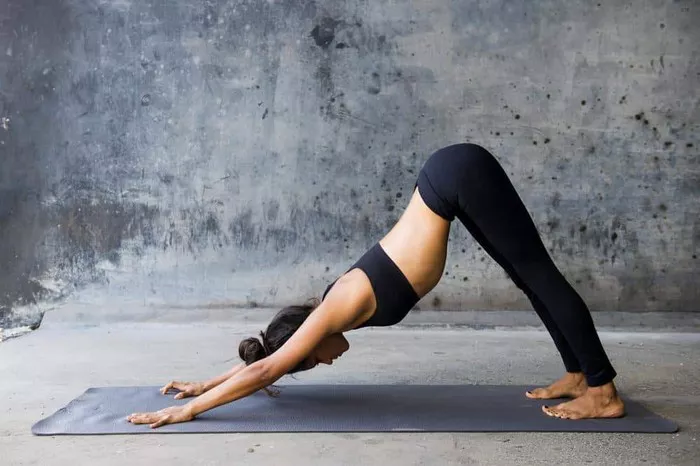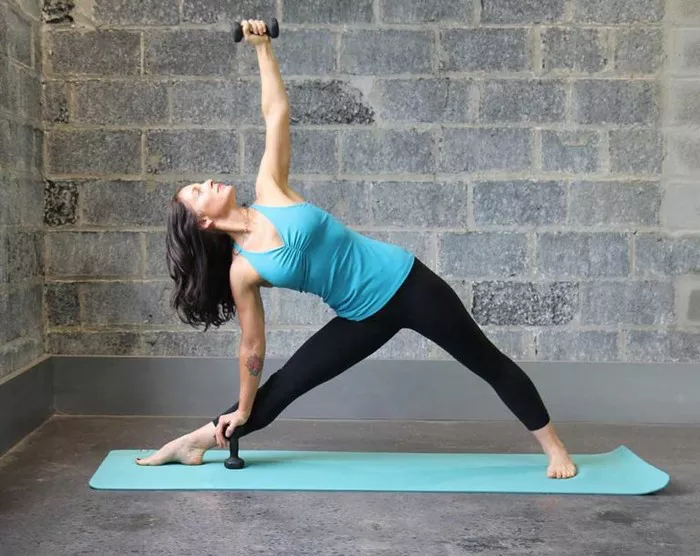In the fast-paced modern world, stress and fatigue have become constant companions for many individuals. As a result, there is a growing interest in holistic approaches to wellness, and restorative yoga has emerged as a powerful tool for promoting relaxation and rejuvenation. In this comprehensive guide, we will explore the best restorative yoga poses that can help individuals unwind, release tension, and restore balance to their minds and bodies.
The Essence of Restorative Yoga:
Restorative yoga is a gentle and therapeutic practice that focuses on relaxation and stress relief. Unlike more dynamic forms of yoga, restorative yoga involves holding poses for extended periods, allowing the body to surrender into a state of deep relaxation. This practice not only helps in physical recovery but also promotes mental and emotional well-being.
Supported Child’s Pose (Balasana):
One of the fundamental restorative yoga poses, Supported Child’s Pose provides a sense of comfort and security. This pose involves sitting back on your heels, spreading the knees wide, and reaching the arms forward with the support of props like bolsters or blankets. The gentle stretch in the lower back and hips encourages a release of tension, making it an ideal pose for calming the nervous system.
Relaxing in Legs Up the Wall (Viparita Karani):
Legs Up the Wall is a simple yet highly effective restorative pose. By lying on your back with your legs elevated against a wall, you promote circulation and drainage in the legs, helping to reduce swelling and fatigue. This pose is particularly beneficial for those who spend long hours sitting or standing during the day, as it counteracts the effects of gravity on the lower body.
Heart-Opening with Supported Fish Pose (Matsyasana):
Supported Fish Pose is an excellent choice for releasing tension in the chest and shoulders. Using props like blocks or bolsters under the upper back, this pose gently opens the heart and stretches the front of the body. The emphasis on deep breathing in this pose further enhances its restorative benefits by promoting relaxation and emotional well-being.
Reclining Bound Angle Pose (Supta Baddha Konasana):
Known for its ability to release tension in the hips and groins, Reclining Bound Angle Pose is a restorative gem. By reclining with the soles of the feet together and knees dropped to the sides, practitioners can experience a profound opening in the pelvic area. This pose is particularly useful for individuals dealing with tightness in the hips or discomfort associated with prolonged periods of sitting.
Supported Forward Fold (Paschimottanasana):
Supported Forward Fold is a restorative adaptation of the classic seated forward bend. By using props like bolsters or blankets, individuals can experience a gentle stretch along the entire length of the spine while maintaining a sense of ease. This pose is beneficial for relieving tension in the back, hamstrings, and shoulders, making it an excellent choice for those with sedentary lifestyles or desk-bound jobs.
Deep Relaxation in Corpse Pose (Savasana):
No exploration of restorative yoga poses would be complete without mentioning Savasana, or Corpse Pose. Often practiced at the end of a yoga session, Savasana involves lying on your back, fully relaxed, with the arms and legs extended. This pose allows the body and mind to integrate the benefits of the practice, promoting a state of deep relaxation and tranquility. It is a cornerstone of restorative yoga and a powerful tool for stress reduction.
Balancing Energy with Legs on a Chair Pose:
Legs on a Chair Pose is a restorative variation that helps balance the nervous system and soothe the mind. By placing the legs up on a chair while lying on the floor, practitioners can experience a gentle inversion that promotes relaxation and eases tension in the lower back. This pose is particularly useful for those seeking a restorative option that combines grounding with a subtle energizing effect.
Soothing the Nervous System in Supported Reclining Twist:
Supported Reclining Twist is a restorative pose that targets the spine and the nervous system. By using props to support the spine and shoulders in a gentle twist, this pose helps release tension and improve spinal mobility. The twisting action also stimulates the digestive organs, making it beneficial for individuals dealing with digestive issues or discomfort.
Restorative Yoga Sequence for Optimal Relaxation:
To maximize the benefits of restorative yoga, consider incorporating a sequence that combines these poses in a thoughtful and cohesive manner. Start with gentle warm-up poses, gradually moving into more supported and restorative postures. Pay attention to your breath and allow yourself to fully surrender into each pose, embracing the opportunity for deep relaxation and rejuvenation.
Conclusion
In the quest for well-being, restorative yoga stands out as a powerful practice that nurtures both the body and the mind. The best restorative yoga poses mentioned in this comprehensive guide provide a foundation for individuals to create a personalized practice that meets their unique needs. By incorporating these poses into a regular routine, one can embark on a journey of self-discovery, relaxation, and holistic healing. Embrace the restorative power of yoga, and let it be a guiding light on your path to optimal well-being.





















